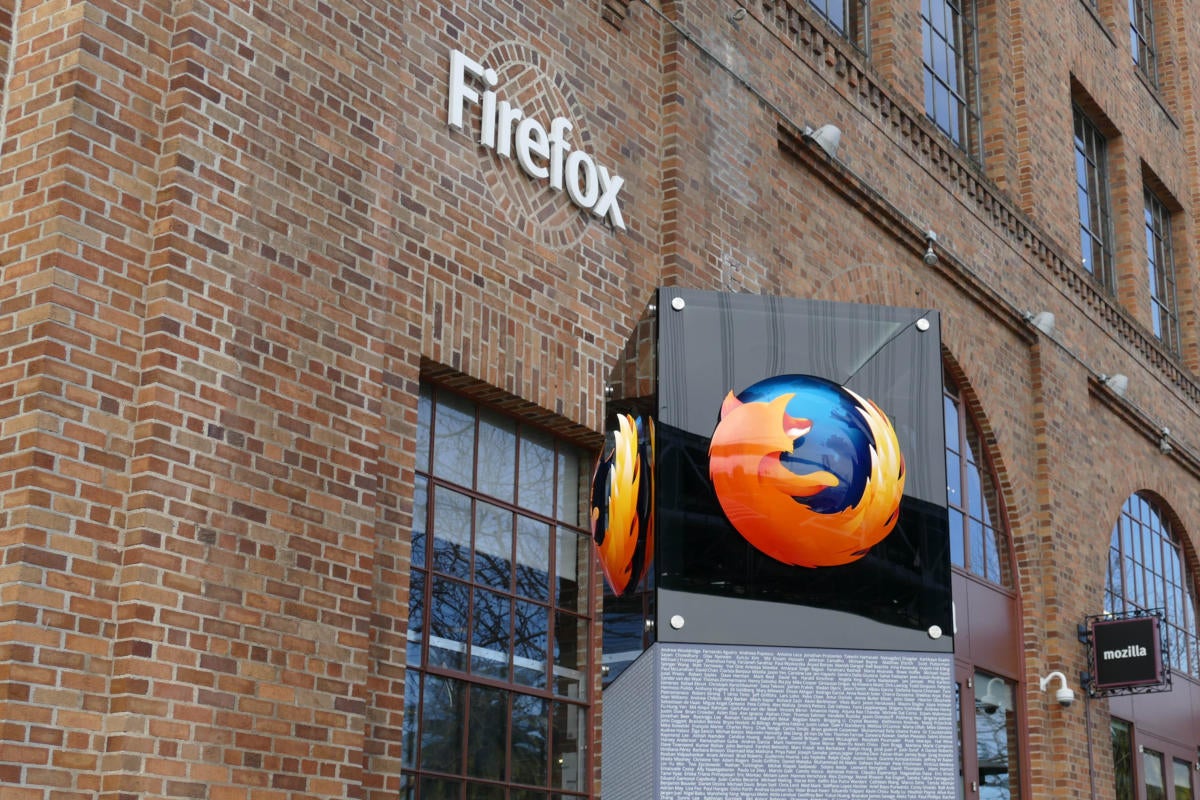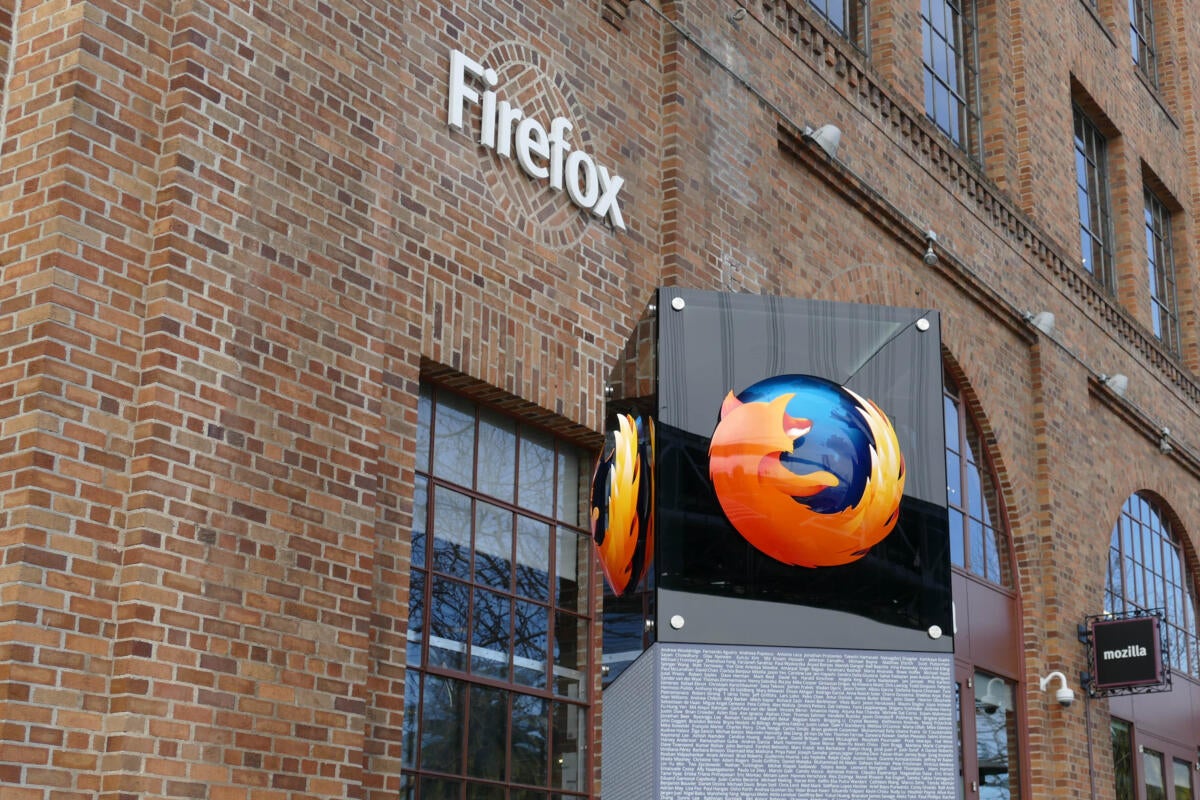
For a company whose future depends on attracting more users to its primary product, Mozilla has taken a lackadaisical approach to boosting Firefox’s features and functionality over the last four upgrades.
On Tuesday, Mozilla released Firefox 80, the fourth upgrade in a row to lack compelling new features visible to end users.
At the same time, Mozilla engineers patched 10 security vulnerabilities, including three rated as “high,” the organization’s second-most-serious threat ranking.
Firefox 80 can be downloaded for Windows, macOS and Linux from Mozilla’s site. Because Firefox updates in the background, most users receive the latest version when they relaunch the browser. To manually update on Windows, pull up the menu under the three horizontal bars at the upper right, then click the help icon (the question mark within a circle). Choose “About Firefox.” (On macOS, “About Firefox” can be found under the “Firefox” menu.) The resulting page shows that the browser is either up to date or displays the in-process refresh.
Mozilla upgrades Firefox every four weeks, a faster tempo than rivals such as Google’s Chrome or Microsoft’s Edge. Mozilla last upgraded the browser July 28.
A scarcity of new shiny
Like June’s Firefox 77 and 78, and July’s Firefox 79, this month’s Firefox 80 adds next to nothing to the browser’s visible feature or functionality lists.
Mozilla itself called out only two new items of note: first, Firefox can now be set as the system-wide default for viewing PDF files, and second, it improves on how screen readers, tools used by vision-impaired, translate the browser’s menus.
Other changes Mozilla took the time to tout ranged from a decrease in the number of animations “such as tab loading to reduce motion for users with migraines and epilepsy,” to an enterprise-appropriate control that turns off a confirmation dialog when employees submit a form from an insecure page.
It’s been months since a Firefox upgrade has had enough visible new to outweigh changes under the hood. For example, Mozilla didn’t bother pitching any user-seen new or improved features or functionality in July’s Firefox 79. The Firefox before that, version 78, could muster only a few minor tweaks to the browser’s privacy dashboard. And Computerworld passed on describing Firefox 77 entirely because it contained so little of interest to end users. (Virtually every Firefox upgrade offers something for website and web app developers.)
That’s not really a trend that Mozilla will want to advertise.
Firefox’s troubles are not mysteries. Its browser share – as measured by California-based Net Applications – fell to 7.3% in July, a mark 1.1 percentage points lower than its share a year earlier. That represented a 12-month decline of 13%. According to Mozilla’s own data, the number of Firefox’s monthly active users (MAU) has fallen 15% since the start of this year.
Financially, Mozilla is in no better shape: Its most recently-reported balance sheet – for the 2018 calendar year – showed a 20% drop in revenue. The year was the first in which the organization spent more than it brought in.
And only two weeks ago, Mozilla laid off 250 people, about a quarter of its workforce, claiming that the coronavirus pandemic had “significantly impacted our revenue.”
With those headwinds, one might expect Mozilla to work overtime to craft engaging features and build atop core existing functionality, such as privacy.
Perhaps Firefox’s rapid release tempo – it accelerated to an every-four-weeks schedule earlier this year – diluted what appeared in each upgrade. The coronavirus pandemic and work-from-home mandates may have affected development, resulting in fewer new bits to include in the browser’s upgrades. And talk of additional layoffs after Mozilla let go 70 employees in January – Mozilla said it had continued to discuss the likelihood of more through the spring – would not have helped morale or made workers particularly productive.
It remains unclear how Mozilla plans to make Firefox more interesting to users and what the strategy will be to grow the browser’s base – or even whether Firefox remains the heart of Mozilla’s grand design. When Mozilla disclosed its latest layoff round, Mitchell Baker, Mozilla’s CEO, ticked off a list of moves the leaner organization would make. Although Firefox was certainly mentioned, Baker put more emphasis on other strategies, notably new products and services, as a way to grow Mozilla.
The next upgrade, Firefox 81, will be released Sept. 22.



